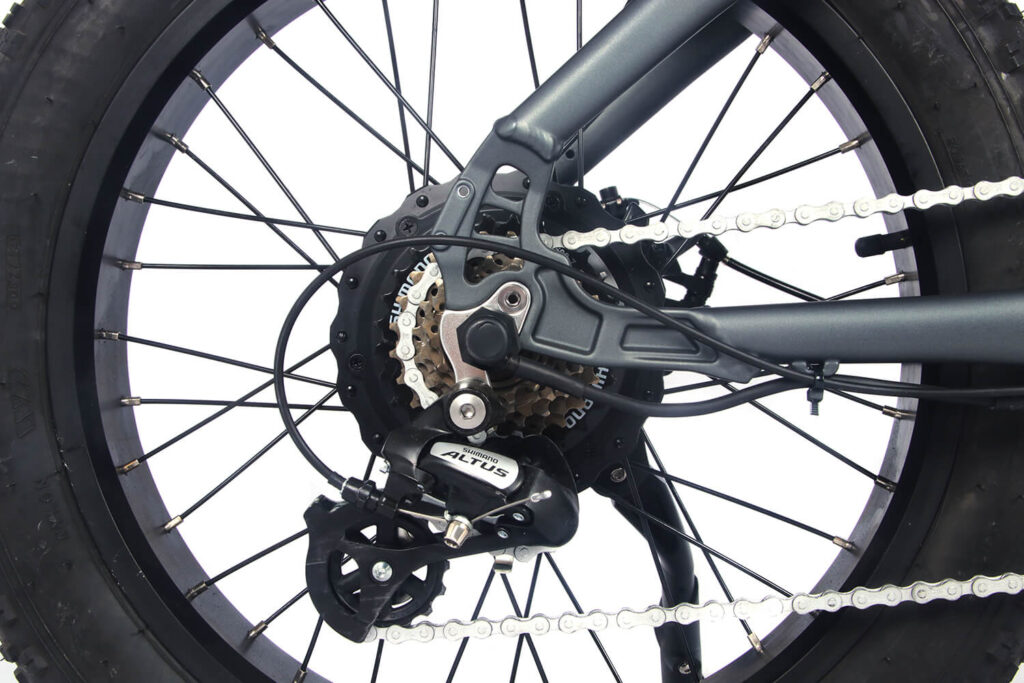The spokes of an electric bicycle’s rim play a crucial role in the overall performance and safety of the bike. With different types of spokes available, it is important to choose the ones that are suitable for your specific needs.
Material Considerations
The most common types of spokes for electric bicycles are steel and titanium. Steel spokes are generally less expensive and more resistant to bending, while titanium spokes are lighter and stronger. The choice of material should be based on the intended use of the bicycle and personal preferences.
Spoke Count and Type
The number of spokes on a bicycle rim depends on the type of wheel and the desired stability and handling characteristics. A higher spoke count generally provides better stability, but a lower spoke count can reduce weight and improve handling. The type of spokes can also affect handling and performance. For example, straight spokes provide more lateral stiffness, while offset spokes provide more torsional stiffness.
Spoke Width and Tension
The width of the spokes affects the lateral stiffness of the rim, while the tension of the spokes affects the torsional stiffness. If you want a stiffer rim for better handling, you can choose wider spokes with higher tension. However, this may also result in more tire wear and increased spoke breakage. On the other hand, if you want a more compliant rim for better shock absorption, you can choose narrower spokes with lower tension.
Wheel Design Considerations
The design of the wheel also plays a role in selecting the appropriate spokes. For example, a deep-dish rim requires spokes that are long enough to span the depth of the rim and achieve sufficient tension for structural integrity. On the other hand, a shallow-dish rim requires shorter spokes with less tension to maintain structural integrity while providing good handling characteristics.
In conclusion, when selecting spokes for your electric bicycle, it is important to consider material, spoke count and type, width and tension, as well as wheel design. By choosing the right combination of these factors, you can ensure optimal performance and safety for your specific riding needs.

